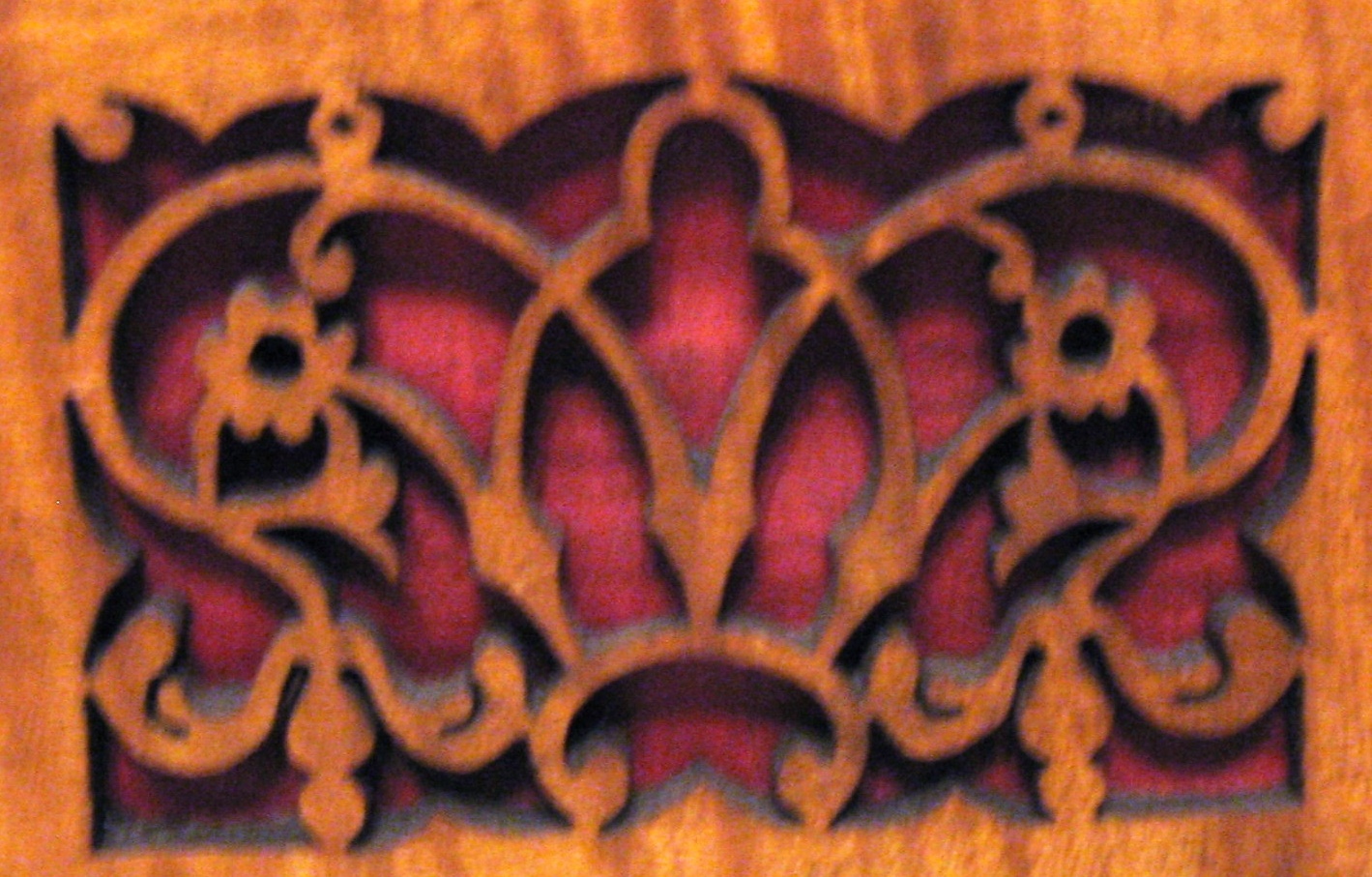John Trotter (1756/7–1833), Military contractor and founder of the Soho Bazaar: A Timeline
| 1756/7 | John Trotter, second son of Archibald (b. 1717) and nephew of the London cabinet maker, John Trotter senior was born. |
| 1774 | He joined his uncle in London in 1774 and soon became a partner in his firm. |
| 1787 | He offered to warehouse military stores in his own warehouses and in consequence established a lucrative business as a government supplier.1 |
| 1803–1815 | As a military contractor during the Napoleonic Wars he was in charge of all government stores, which made his fortune.2 |
| 1805 | In common with William Southwell, Trotter had a very inventive turn of mind. One invention was for a steam engine,3 another a frame knapsack4 and yet another a curvilinear saw,5 for which he was awarded the Gold Medal of the Society of Arts in 1805. |
| 1807 | His position vis-a-vis his government contract was regularised when he was appointed to the office of storekeeper-general.6 |
| 1811 | He filed a patent for a novel design of pianoforte keyboard on the same day on which William Southwell filed his patent for a ‘pianoforte sloping backwards’ – the two are consecutive entries in the contemporary index of patents. The two men were said to have been great friends, according to the testimony of Southwell’s daughter Frances, as told to her grandson, Frederick Southwell Cripps. |
| 1815/6 | After the war, when the warehouses became redundant for military equipment, Trotter had the bright idea of converting them into a ‘bazaar’, known as the Soho Bazaar, where individuals (mainly women) could rent stalls by the day to sell individually made items, plants etc. This business proved very successful and another money spinner for the already wealthy Trotter. |
| 1833 | John Trotter is said by family tree sources to have died at Connaught Place in London; however, parish records show that he was buried in the parish church of South Mimms on 13 September 1833 (near to his country estate, Dyrham Park).7 |
1
J K Laughton, rec. Andrew Lambert: ‘John Trotter’ Dictionary of National Biography.
2 Laughton, Dictionary of National Biography.
3 Thomas Ewbank, A Descriptive and Historical Account of Hydraulic and Other Machines for Raising Water (New York: Bangs, Platt & Co., 1850), 289.
4 Mike Chappell, British Infantry Equipments, 1808–1908 (Oxford: Osprey Publishing, 1999), 11–13.
5 William Nicholson, ‘Description of a Curvilinear Saw, invented by John Trotter, Esq., of Soho Square, from whom the following communication was received’, Journal of Natural Philosophy, Chemistry, and The Arts 17 (London: W. Stratford, Crown Court Temple Bar, 1807): 334–36.
6 Laughton, Dictionary of National Biography.
7 Parish Register of South Mimms church, 1833, p98 (accessed via ancestry.co.uk).
2 Laughton, Dictionary of National Biography.
3 Thomas Ewbank, A Descriptive and Historical Account of Hydraulic and Other Machines for Raising Water (New York: Bangs, Platt & Co., 1850), 289.
4 Mike Chappell, British Infantry Equipments, 1808–1908 (Oxford: Osprey Publishing, 1999), 11–13.
5 William Nicholson, ‘Description of a Curvilinear Saw, invented by John Trotter, Esq., of Soho Square, from whom the following communication was received’, Journal of Natural Philosophy, Chemistry, and The Arts 17 (London: W. Stratford, Crown Court Temple Bar, 1807): 334–36.
6 Laughton, Dictionary of National Biography.
7 Parish Register of South Mimms church, 1833, p98 (accessed via ancestry.co.uk).
Copyright © Margaret Debenham 2013-2019. All rights reserved.
Website design : Michael Debenham & Alexander Tse Debenham. Webmaster




